THE FOUR MOMENTS OF THE SUN: Hidden Lands of Florida’s Maroon Communities
A Photo Essay by Jeanine Michna-Bales, 2015 - present
Project Research from 2015 - present and Principal Photography from 2018 - present
Prior to the existence of the Underground Railroad, in the late 1700s and early 1800s enslaved Africans escaped into the American wilderness and formed their own communities, sometimes in isolation, and at other times near indigenous communities. One such southern haven was the area of land that was to become the state of Florida.
During Florida’s First Spanish Period (1565-1763), a sparse population mixed with relatively liberal manumission laws lead many free blacks, including runaways, to live among or near the Creek and Seminole Indians. They worked for both the Spanish and the indigenous peoples by building towns and forts, performing agricultural tasks, and providing military service. At this time, the Spanish offered freedom to enslaved Africans from the British colonies in return for their conversion to Roman Catholicism. Over time, the state was split into East and West Florida, with most of the land east of the Suwanee River becoming home to plantations and supporting the Southern economy. As control of the state switched to the British, then back to the Spanish during the Second Spanish Period (1784-1821), and ultimately to the Americans these —“cimarrón” or “maroon” communities were pushed further and further south—eventually hiding deep in the swamps of the Everglades, or fleeing to Cuba or the Bahamas.
(NOTE: Hover over image for title and description.)
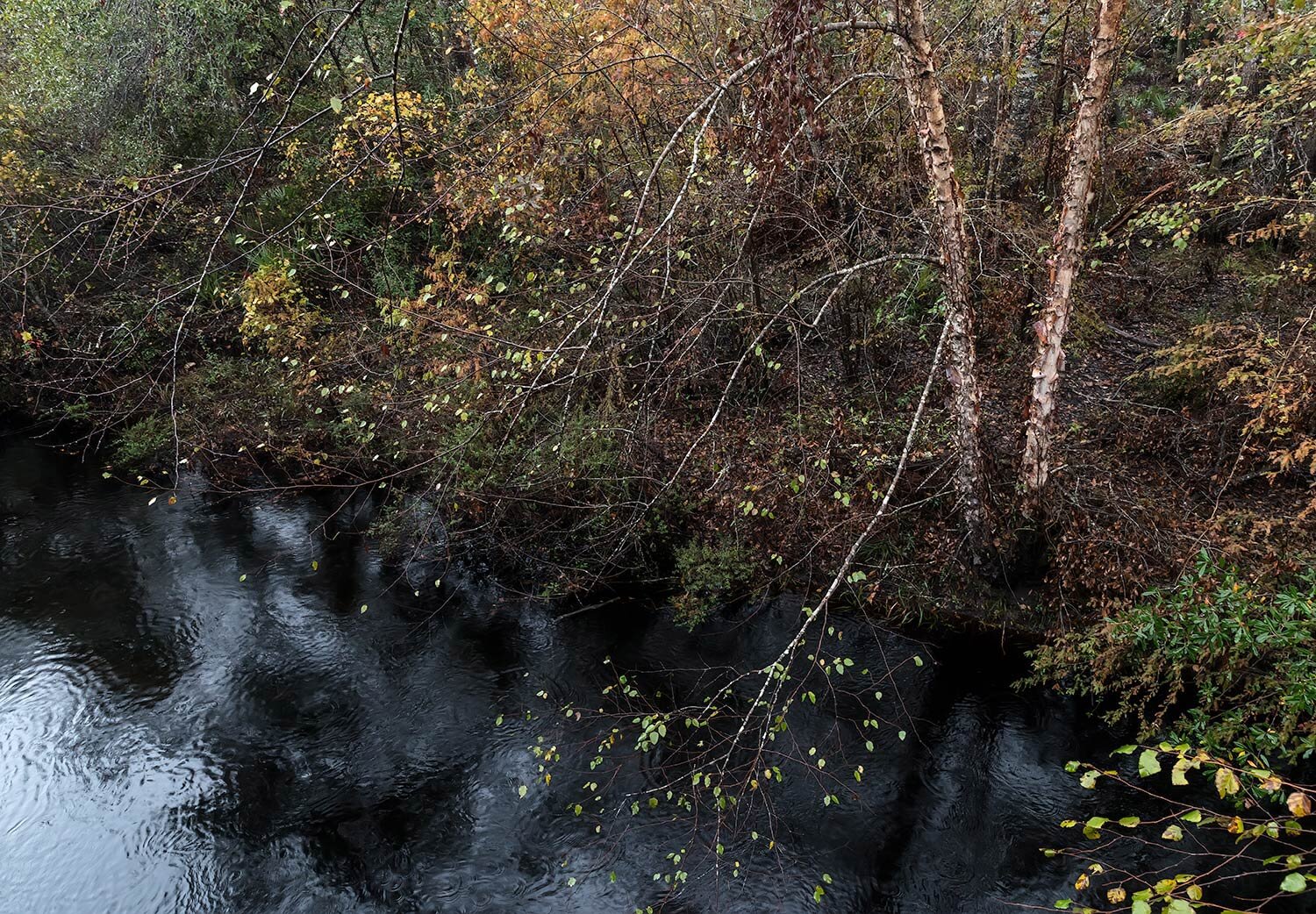

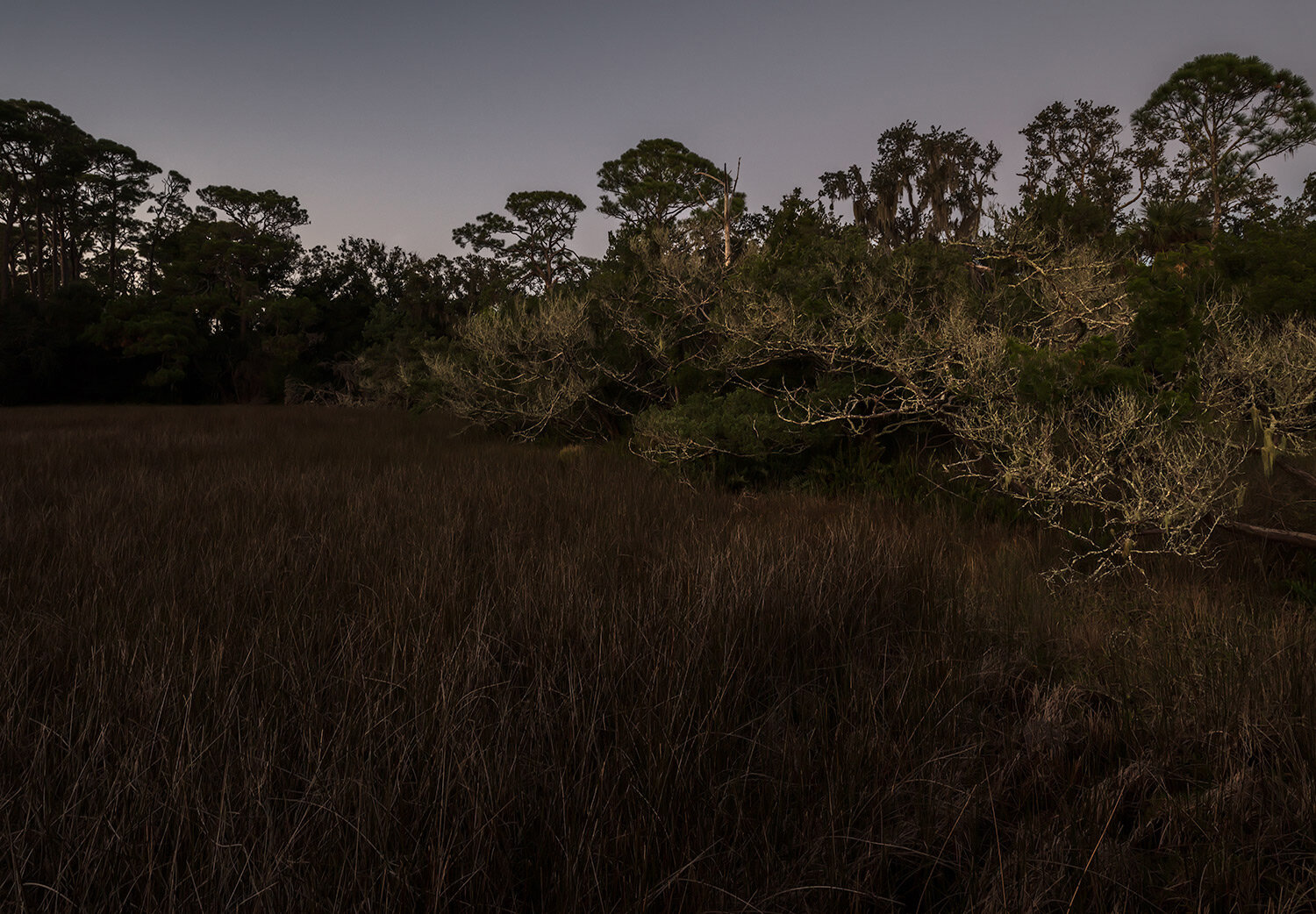

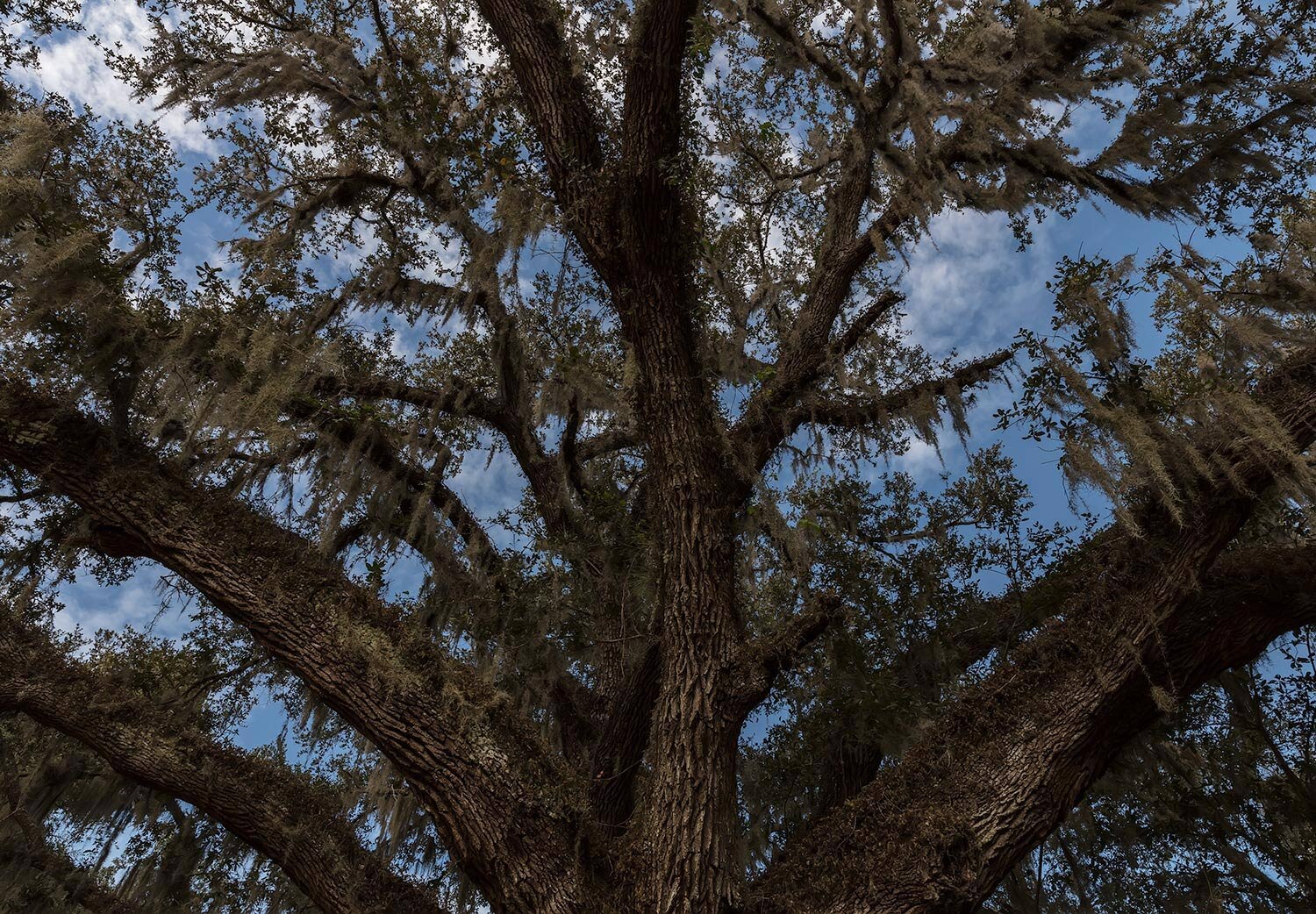
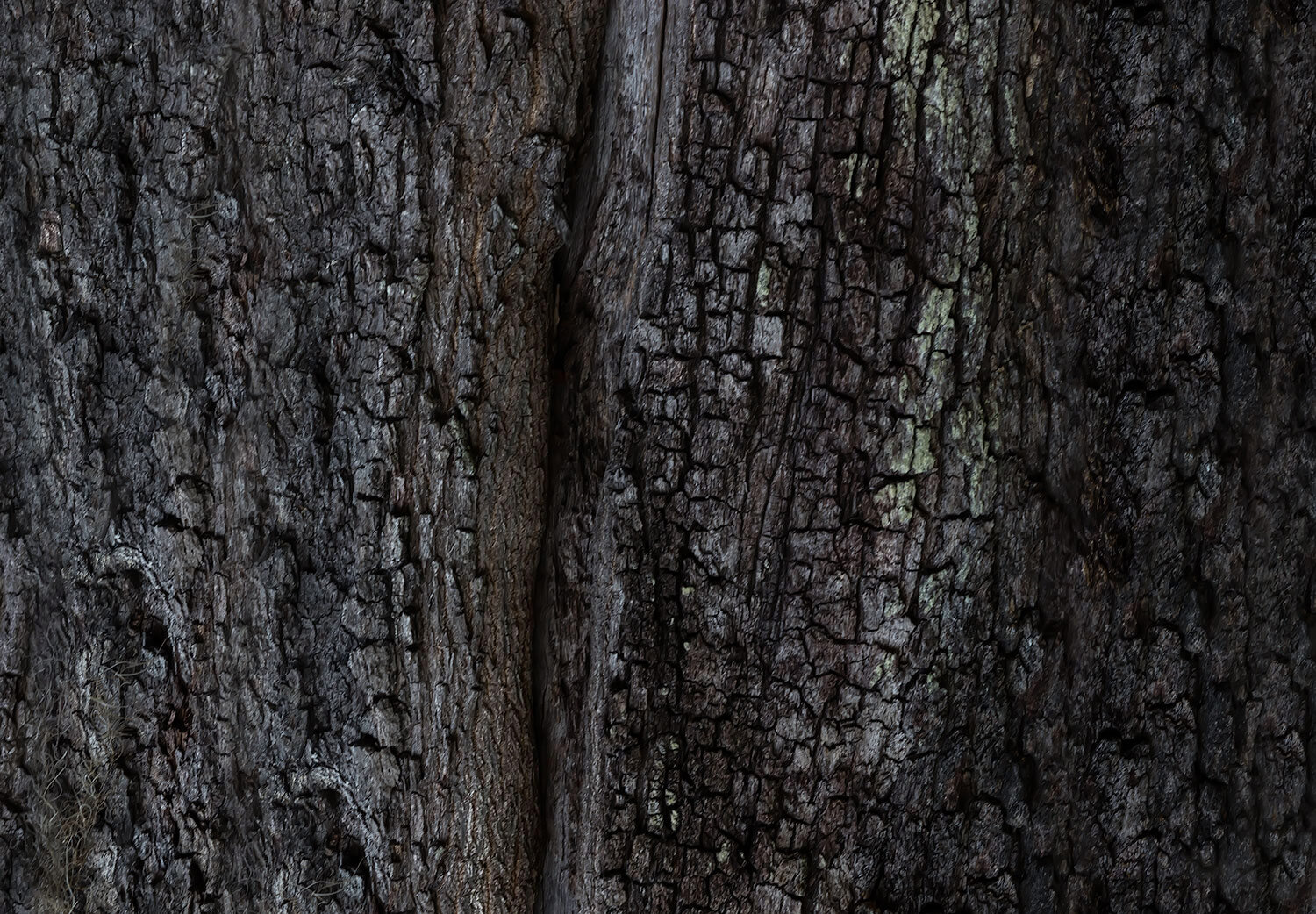
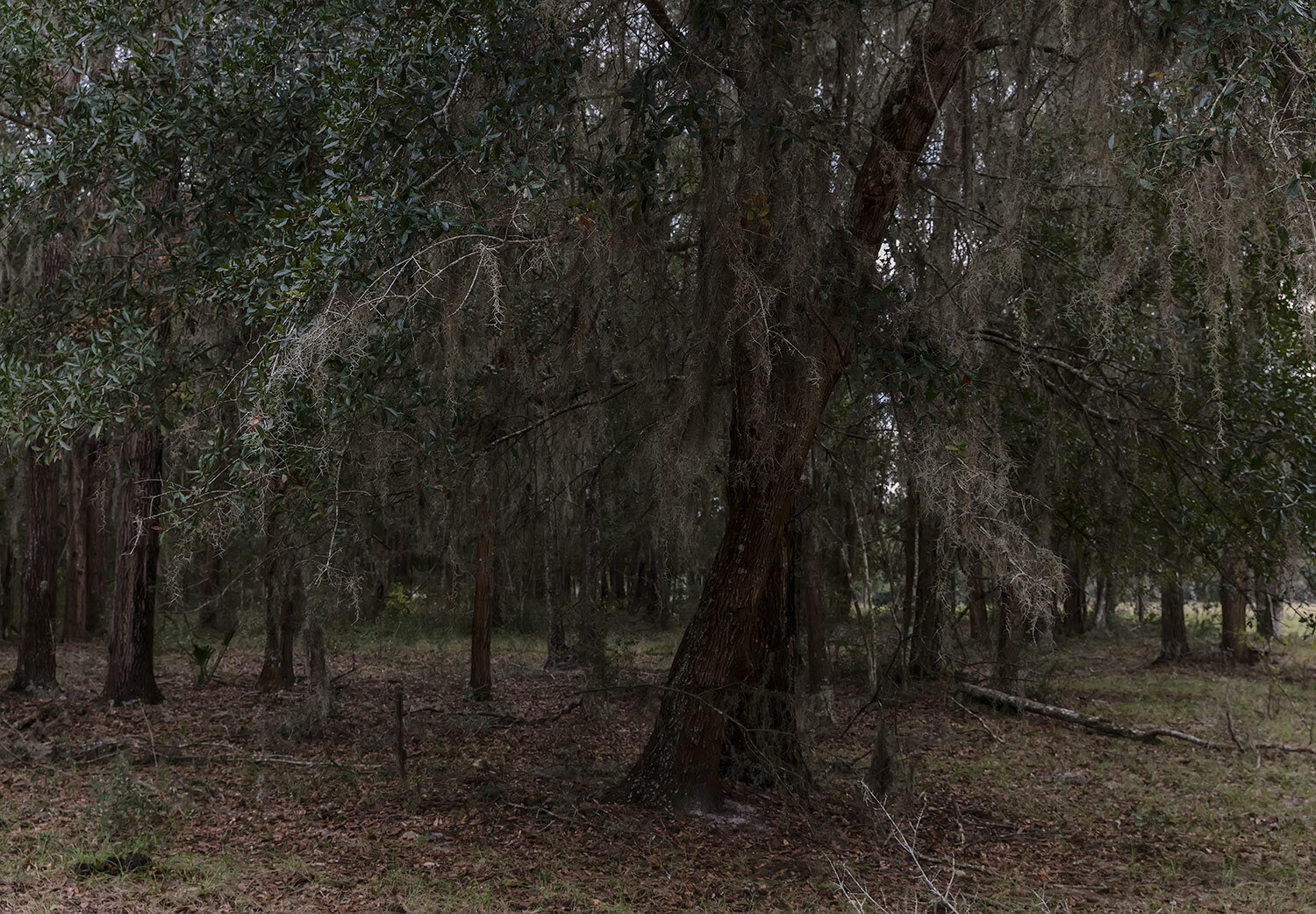
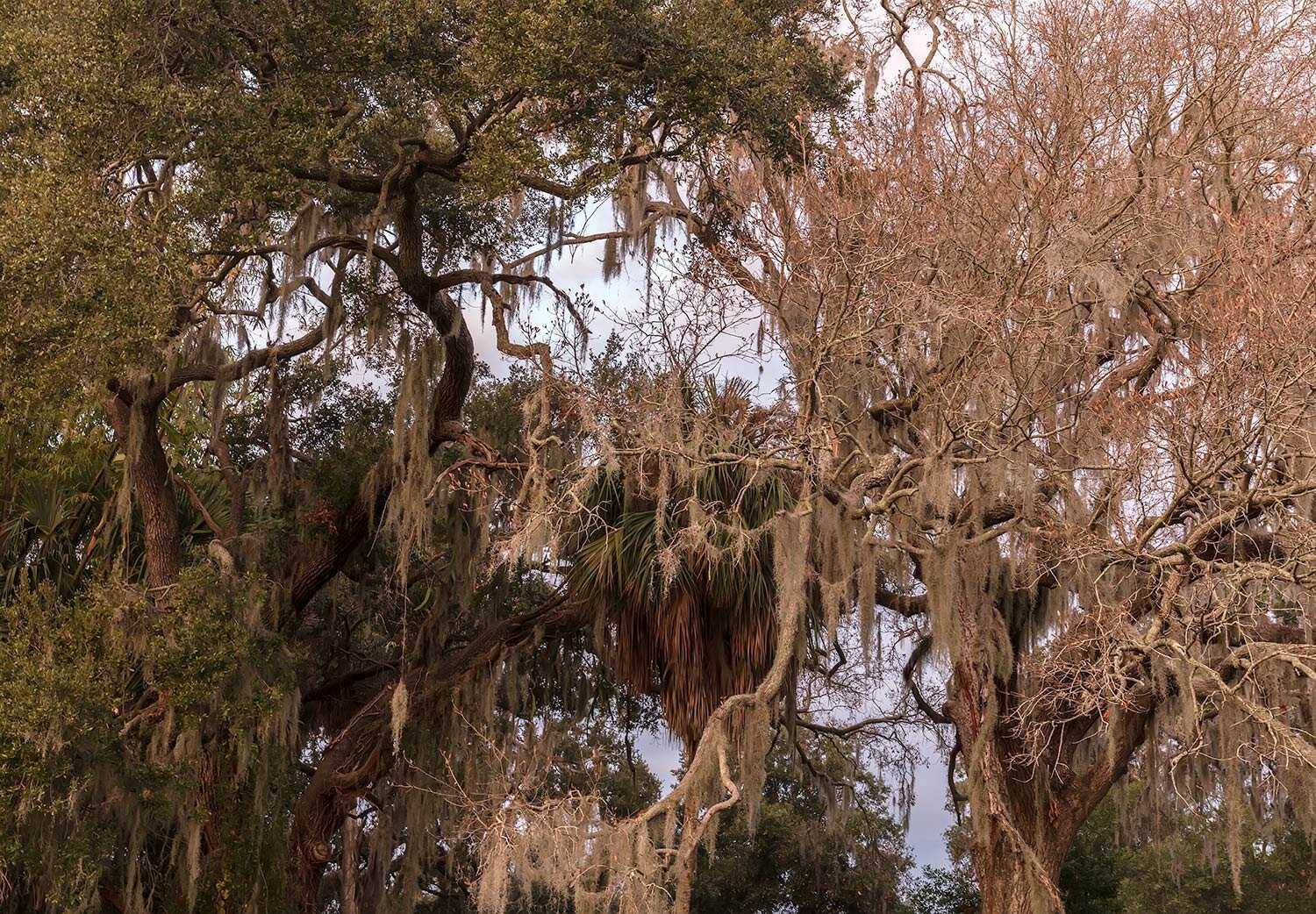


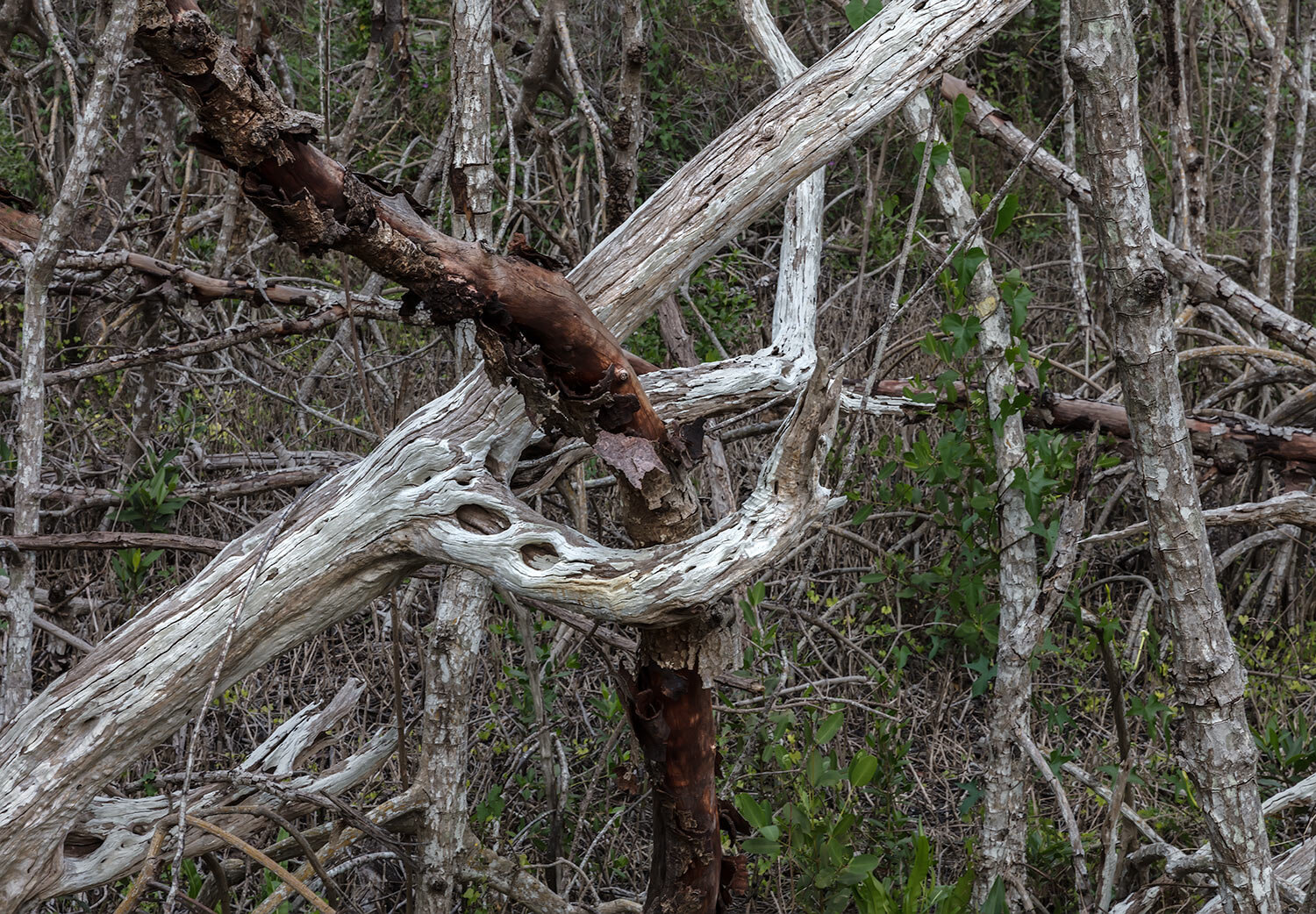
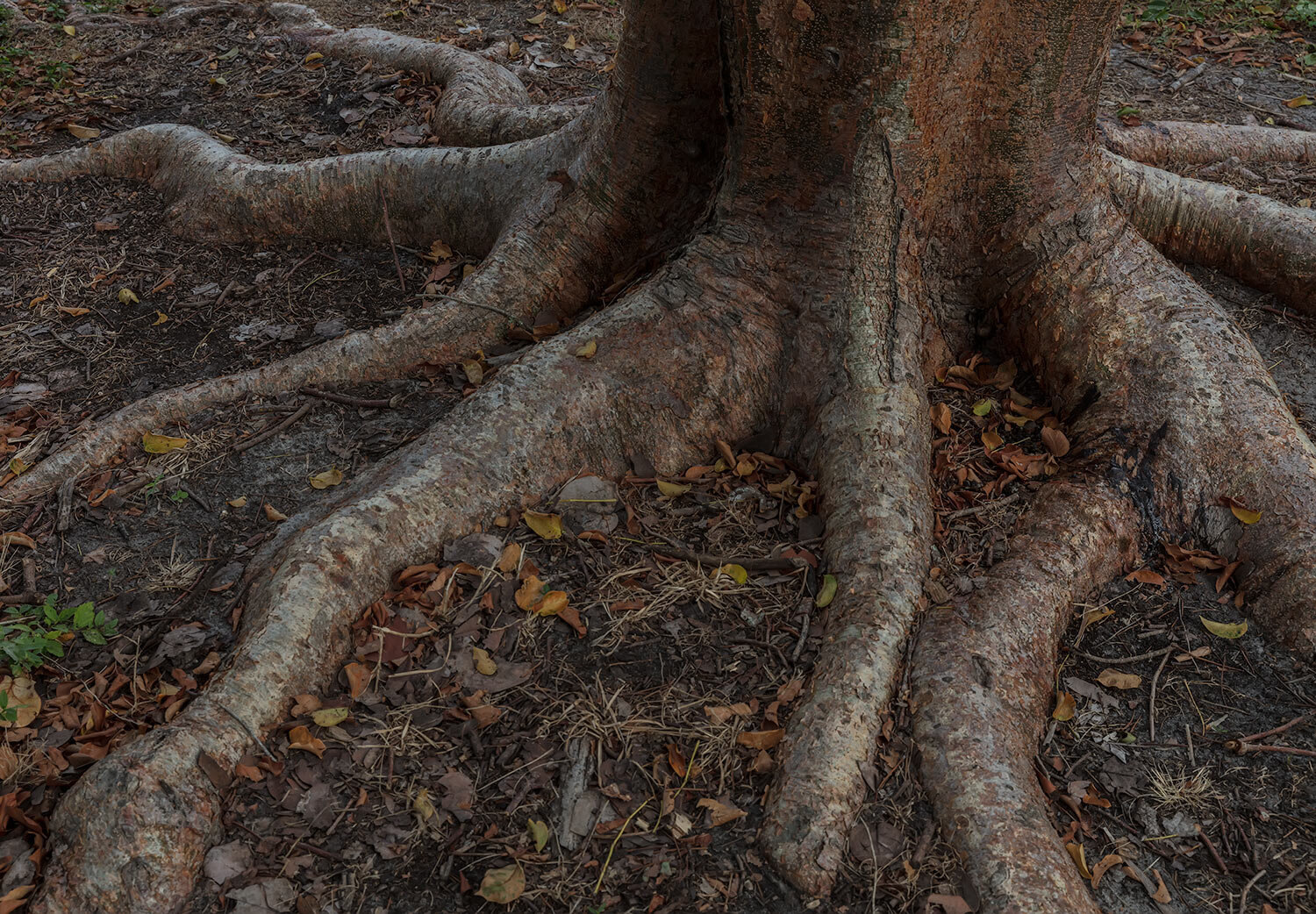
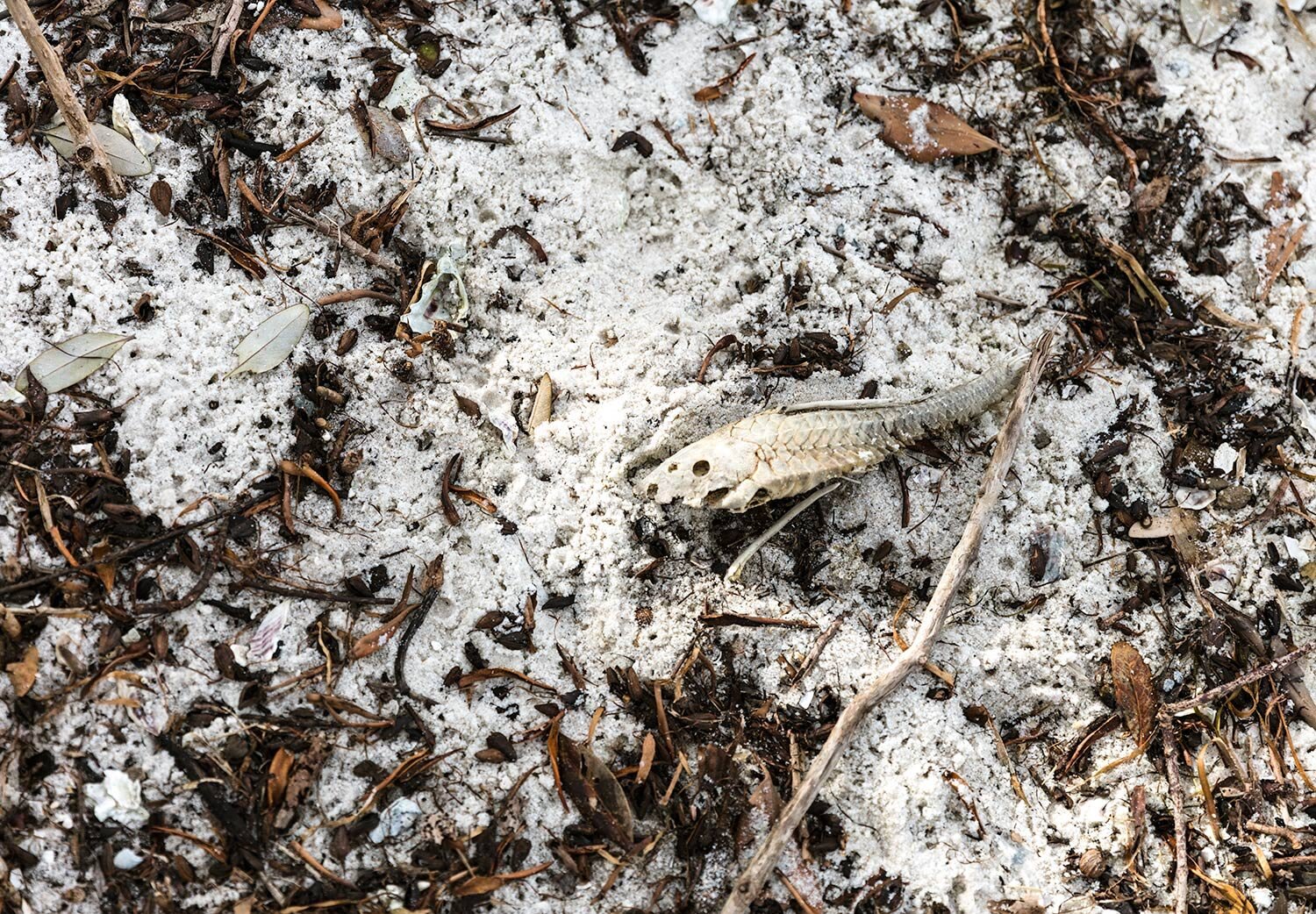
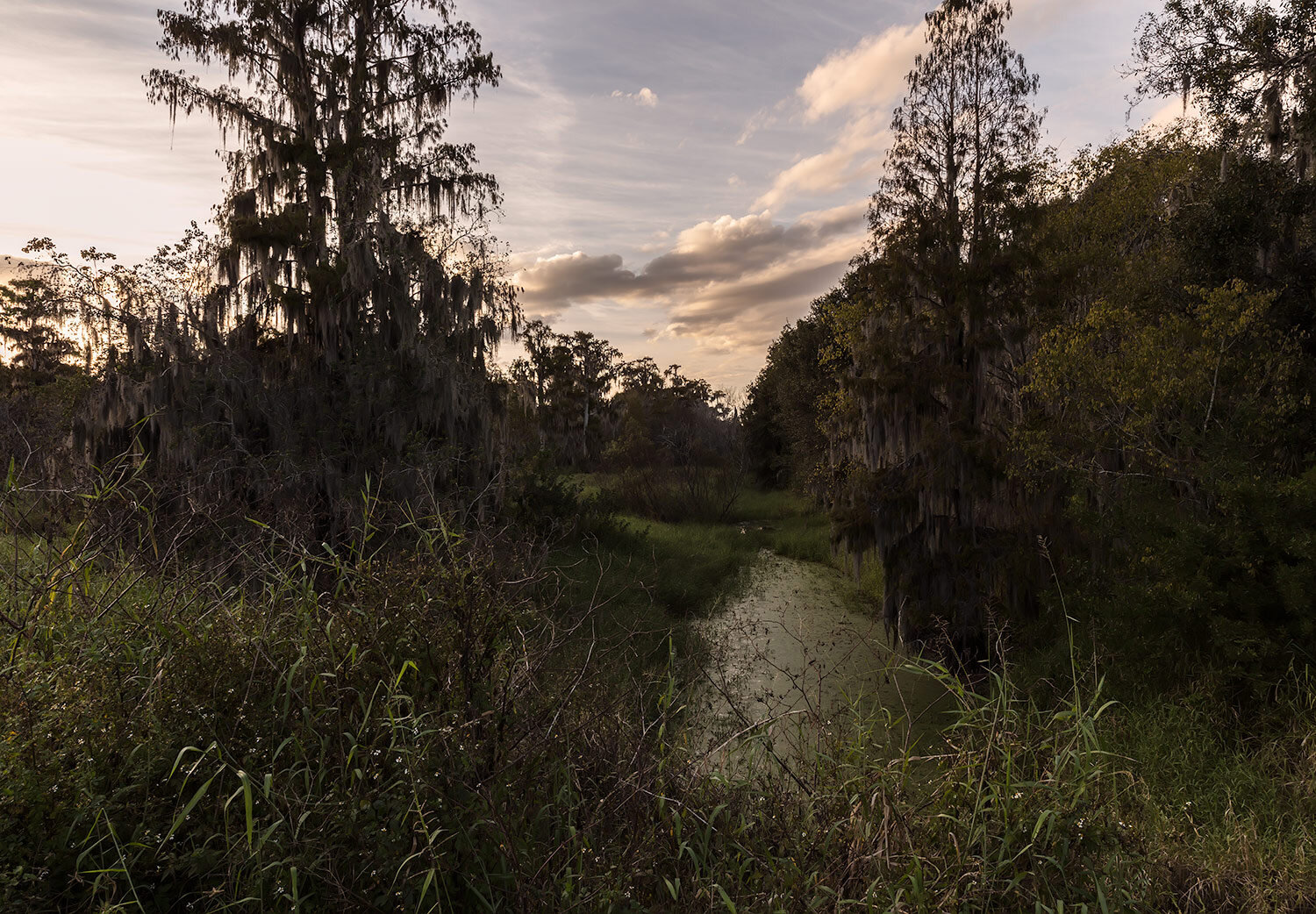
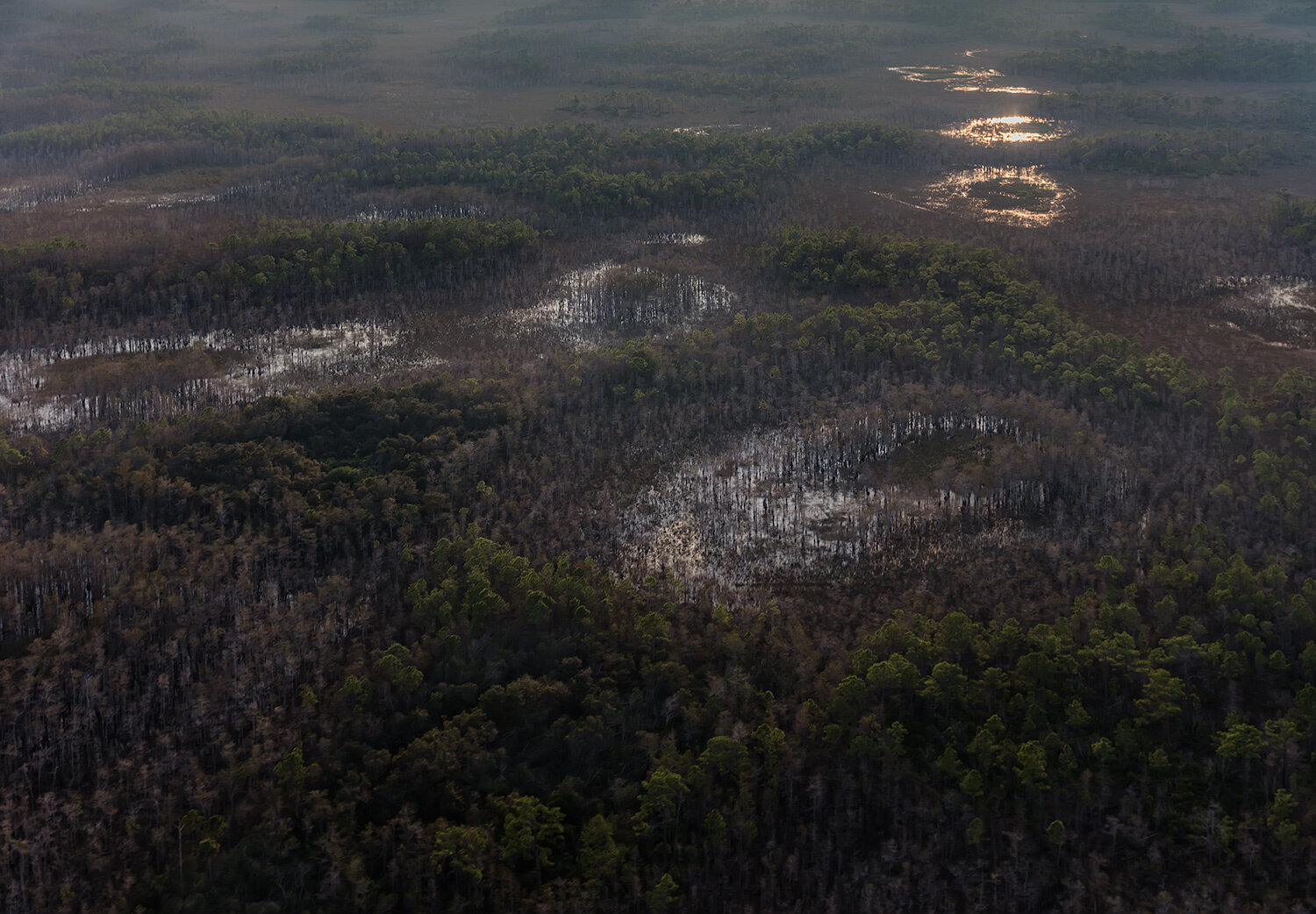
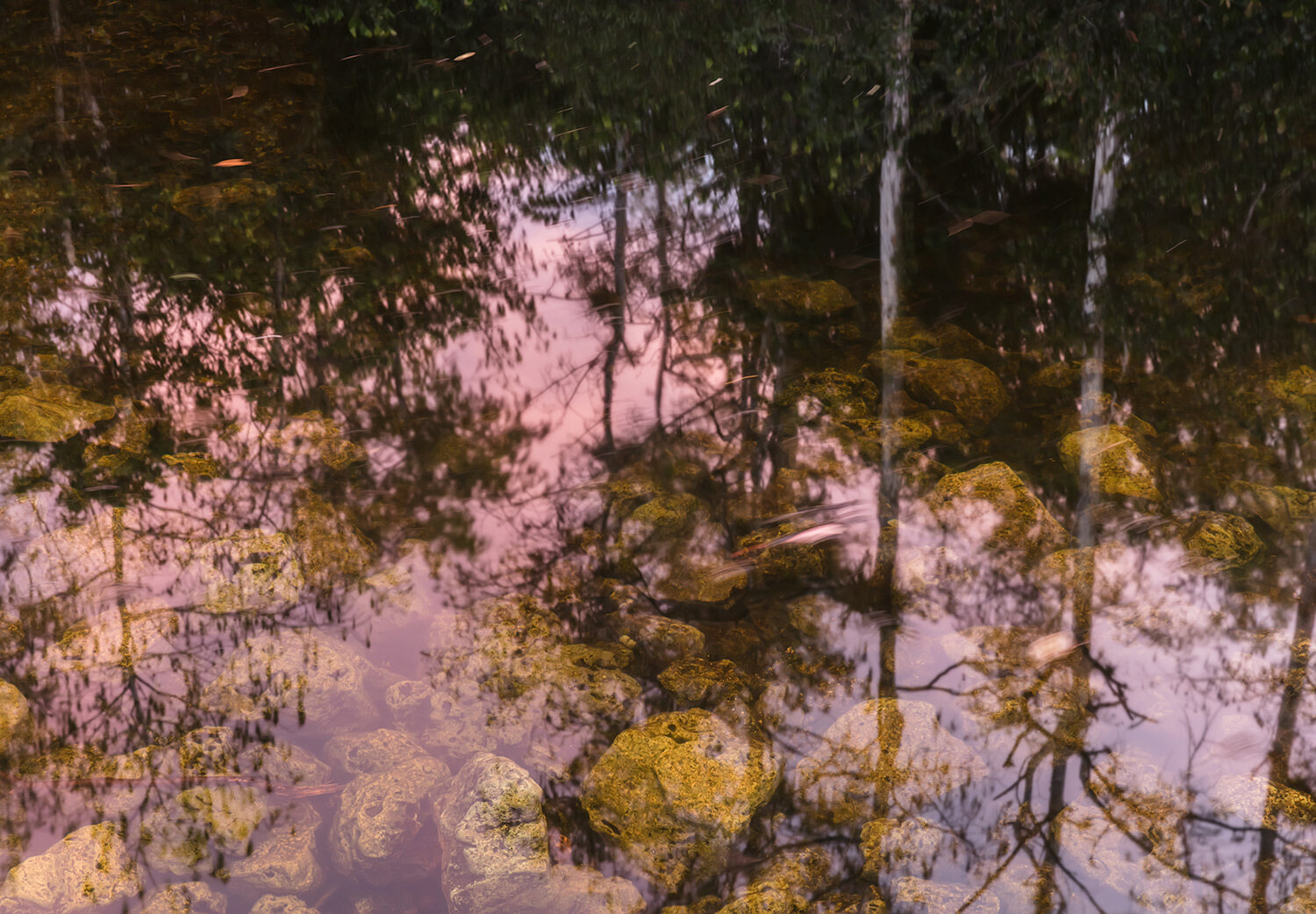
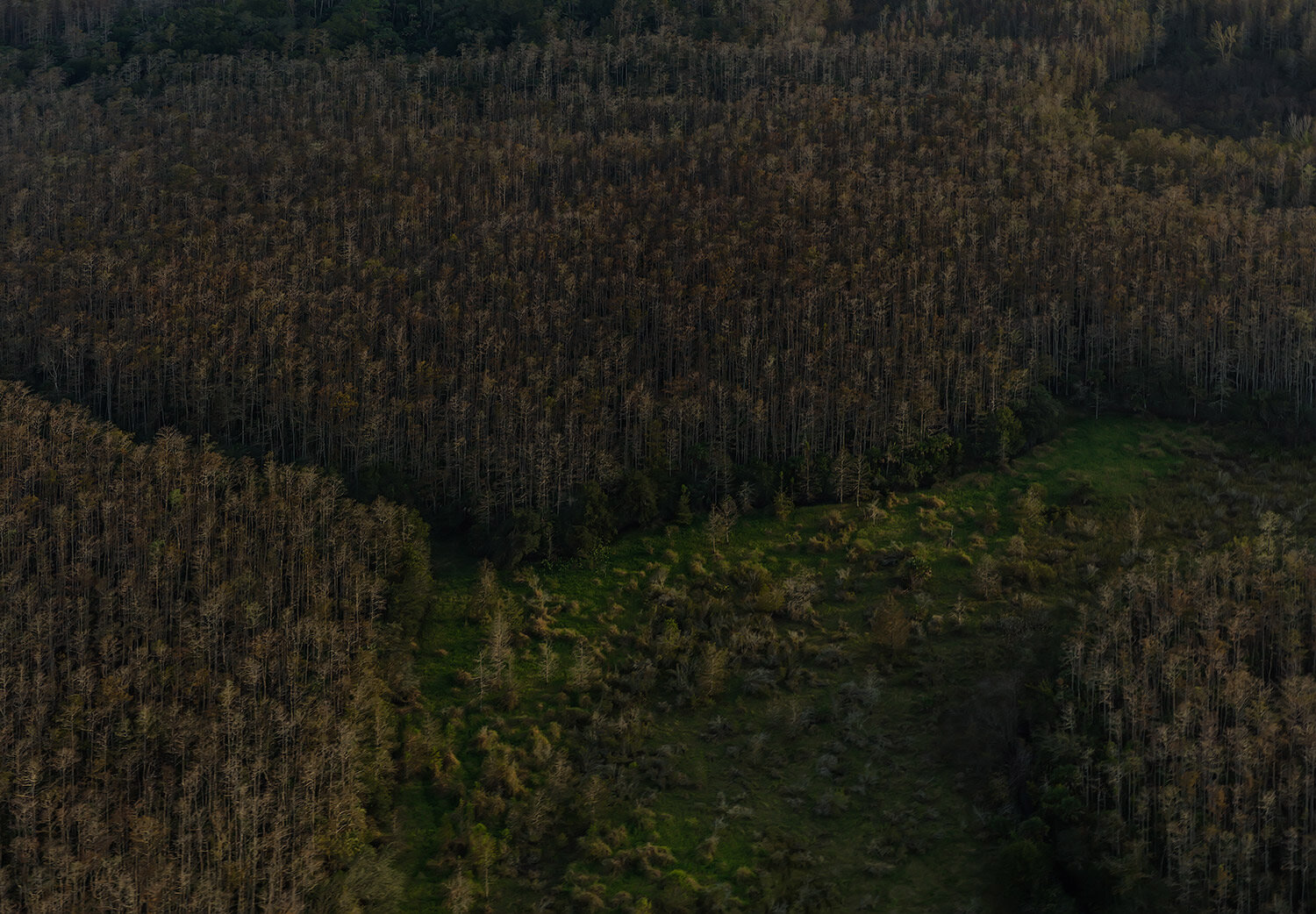
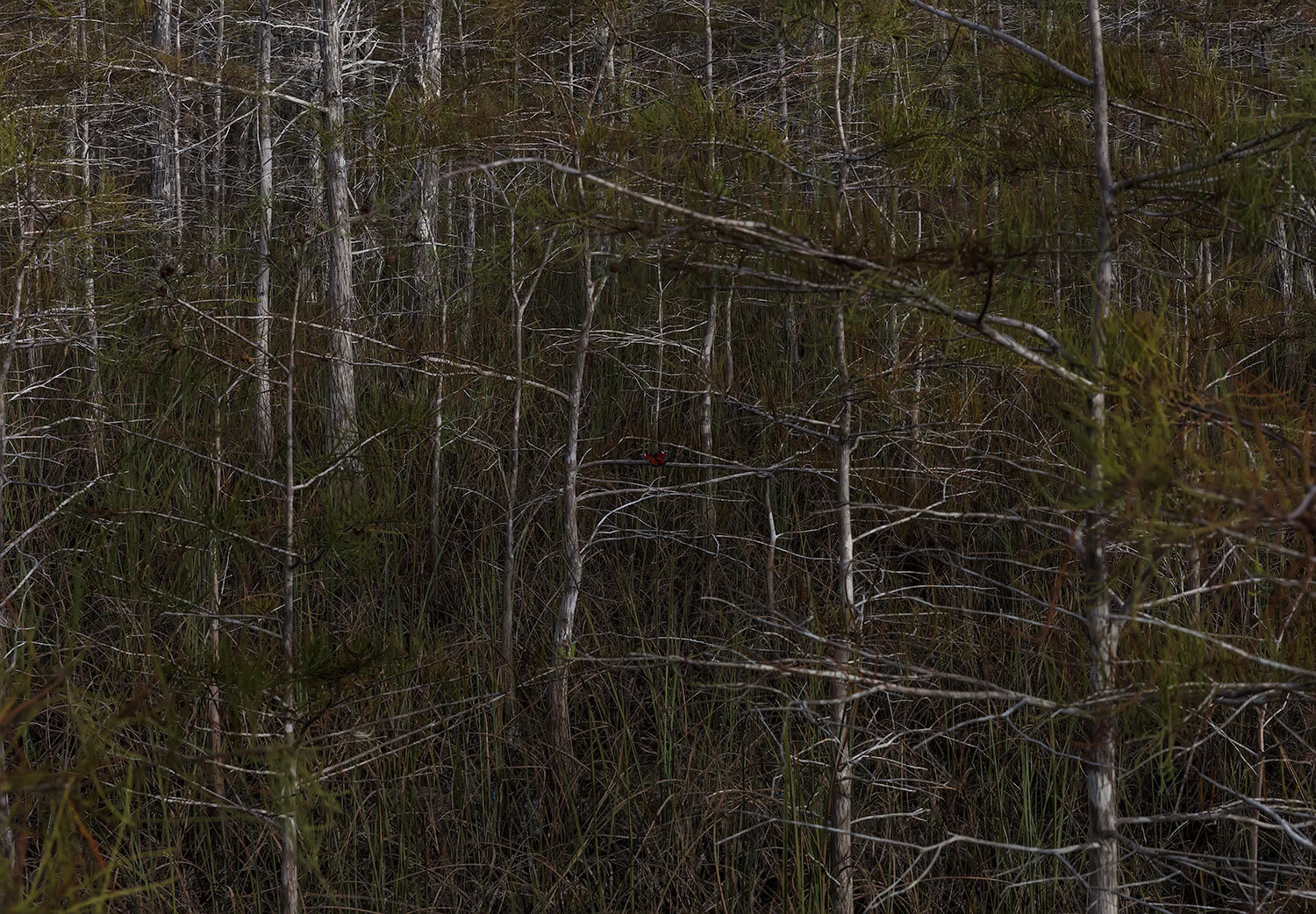


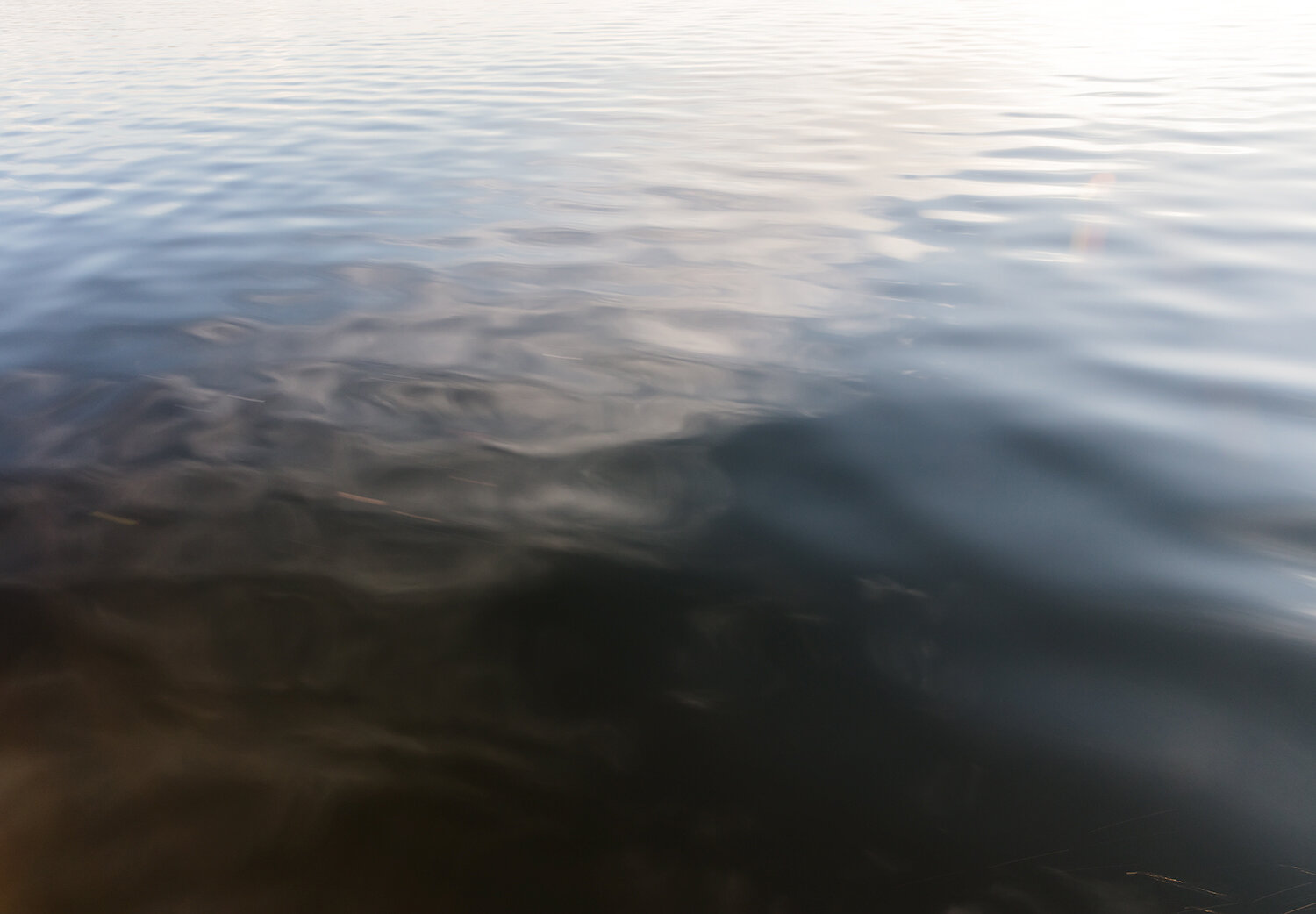
Part of this project was produced while Michna-Bales was an Artist in Residence in the Florida Everglades during November 2018. Some images were exhibited at the AIRIE Nest Gallery in 2020.
The first free Black settlement in Florida was founded in 1738 just north of St. Augustine after more than 100 freedom seekers arrived from the Carolinas. The Spanish Governor Manuel de Montiano freed the enslaved Africans in the name of the King and formed a village for them, named Gracia Real, at Mose or Fort Mose. The Fort was evacuated prior to being attacked by the British in 1740 and was destroyed. African survivors assimilated into St. Augustine until 1752 when the fort and town were rebuilt on higher ground to the northeast. They remained until 1763 when Florida was ceded to Britain. Residents of Mose evacuated with other Spanish citizens to Cuba.
African Florida during the Second Spanish Period (1783 - 1821), Florida Humanities Council
In the early 1800s, Spain was losing its hold on Florida and Britain took advantage of Spain’s weak defenses by establishing a stronghold called “British Fort” on the Apalachicola River. Here, by offering land and freedom in the British West Indies for service, they recruited more enslaved blacks from Louisiana, Mobile, Pensacola, Georgia and the Lower Creek Nation. The fort was constructed in 1814—during the War of 1812—at a small company storehouse and settlement called “Prospect Bluff.” The British trained and armed about 3,000 Native Americans and 300 black soliders to protect the fort, which safeguarded families, fields and pastures extending 50 miles along the Apalachicola River. Sometimes known as the “Negro Fort,” the post earned a reputation as a threat to supply vessels that traveled the Apalachicola River between the United States and the Gulf of Mexico. In response, the United States ordered the fort destroyed in 1816. Alterted to the impending attack, black families, and Native American women and children (Choctaw, Upper Creek and Seminole women) took refuge in the fort. Others hid in the surrounding forests. Early in the battle, a heated shot, glowing red, landed in the magazine of the fort, blowing it to pieces. Colonel Duncan Clinch of the United States later reported that, “the explosion was awful and the scene horrible beyond description.” There were only 33 survivors of the blast. American soldiers burned what was left of the fort and all of the surrounding settlements. In 1818, Lt. James Gadsden oversaw construction of a new fort on the site as a United States fort deep in Spanish teritory, under the auspices of Major General Andrew Jackson. Fort Gadsden as it became known, remained in use until 1821, when Florida became a United States Territory. And it played an important role in the coming years.
The pace of destruction and bloodshed increased after 1816 for everyone along the Apalachicola River on the American border. Settlers were killed, plantations raided, livestock and formerly enslaved seized. In 1818, Andrew Jackson led a force down the Apalachicola River to destroy African American, Seminole and allied Upper Creek villages in what was to become known as the First Seminole War. In the Battle of Suwanee (Bowleg’s Town), maroons held off the United States Army, allowing escape, and the abandoned settlements of roughly 50 miles along the Suwanee River were destroyed.
With each successive community attacked and destroyed by Jackson’s troops, survivors were pushed further south. Many fled to the community along the Manatee River called Angola. Some historical estimates have the population of Angola at its height in the hundreds. As it grew it became a larger threat to slavery, prompting further attacks from the United States. In 1821, Angola was destroyed as well as other maroon communities along the Gulf coast. Survivors fled to the interior of the state or south into the swamps and the sea of never ending grass, the Everglades. A group made it to Cape Florida (now Key Biscayne) and with the help of Cuban fishermen and British military personnel, they reached Andros Island in the Bahamas. Their descendents continue to live there in freedom to this day.






